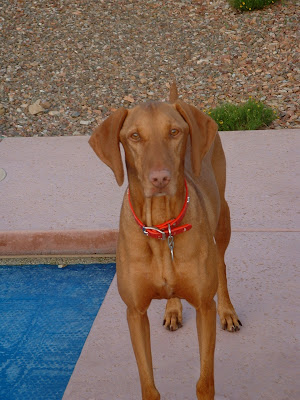Iconography: story telling and praying with paint
In the summer of 2020 I planned a sabbatical. It was to begin with two weeks in Ireland, Scotland, and England. Eight days were supposed to be in a storytellers retreat with Kathleen Norris and Gareth Higgins near Belfast. We were supposed to spend the days hiking and learning about the art of story telling. However, the COVID-19 pandemic shut the world down and the retreat to Ireland was postponed to 2021.
As a parish priest I think of myself as a story teller. I tell the stories of faith and retell them in a way that intends to draw connections between the experiences of the divine that people had thousands of years ago, and wrote into texts that became scripture and biblical, and our lives today. I do not hear those ancient stories as literal and factual, rather I hear them as inspirational and informative, guiding me and others into interpreting our experiences of the divine and telling our stories of God's faithfulness in life and creation. The story telling is not without parameters and guidelines. Interpreting scripture stories for myself and others as we live today must be done within the tradition of the Judeo-Christian teachings. I am not at liberty to just decide anything goes. There are clear understandings such as God made a covenant with creation and that covenant includes responsibilities for God and for human-kind. The basic tenants of the covenant were described to Noah, then to the Moses and prophets when people failed to live into their responsibilities, and finally, for Christians, in and through the life and teachings of Jesus. Jesus taught us to love God, love ourselves, and love our neighbor as ourselves. This teaching sounds really basic, however it is incredibly difficult to do. It means working for justice at all times and in all ways. It means learning about the systems of oppression and suppression at work in the world and how they have shaped and formed what I think and believe and how I behave. It means working to dismantle racism and claims and other ways that the systems of oppression have been shaped and formed in me.
I also tell the story of the congregation I serve. How is God striving to work in and through us? What is our purpose and our mission and how do I see God nudging us along? How are we engaging in the mission that God is pointing us toward? What stories can I share that help us see God's movement in our lives and in our experiences as a congregation? I am not the only story teller in the congregation, but as the priest I am the one who listens for the strands of the narrative that people share and then work to pull those strands into a more developed whole. Perhaps I am like the editor of the story as well as one of the authors?
The other part of my sabbatical last summer, the part I actually could do, was to take some time to study the art of iconography. Icons also tell stories. Icons are said to be written, not painted, the are the Word of God in images. They are created in prayer and intended for prayer, they are unspoken words.
I spent time in solitude, first at a small apartment in Marquette, MI near Lake Superior. Then at an Airbnb on an inlet lake off of Lake Erie in souther Michigan. I read about icons using two books by well known iconographers. I worked on a two icons, one of Jesus the Pantocrator and the other an icon of the Theotokos (God-bearer, Mary) with the child Jesus. I loved working with paint and color and watching as the faces and expressions revealed themselves to me through the daily painting. I wanted to begin with the Pantocrator because it is one of my favorite icons, its the first one I purchased. Many years ago I helped organize a retreat for the RevGals in Arizona and for the chapel space I purchased the icon the Pantocrator to anchor the altar space. I have used it regularly ever since.
I wanted to paint the Theotokos in part because the congregation I serve shares the church building with another congregation. We are Christ Church and they are Mother of the Savior, and together we are forming a partnership in faith. Icons of the Theotokos with Jesus are one way of telling the story of this partnership.
In the late summer, after I had returned from the sabbatical, I painted a more contemporary icon that we used for the season of creation. I followed an icon image I found on Pinterest, but elaborated it to include more images of creation. I broke traditional icon rules with this one including more detail in the background, particularly with the dark sky with moon and stars. I also eliminated the hood covering of the Theotokos' outer robe letting her hair be free. This is a huge break from the tradition, which always shows Mary with the hood over her hair, a sign that she was a married woman. But, I wanted to show her free and more fully herself.
I want to learn the art of traditional iconography but I do not want to only work on traditional icons. I want to reinterpret the stories of traditional icons into stories for today.
I had an idea to write an icon for Advent that would portray the the expectant Theotokos. I had to look for this one and was pleased to find one I could work off of.









Comments